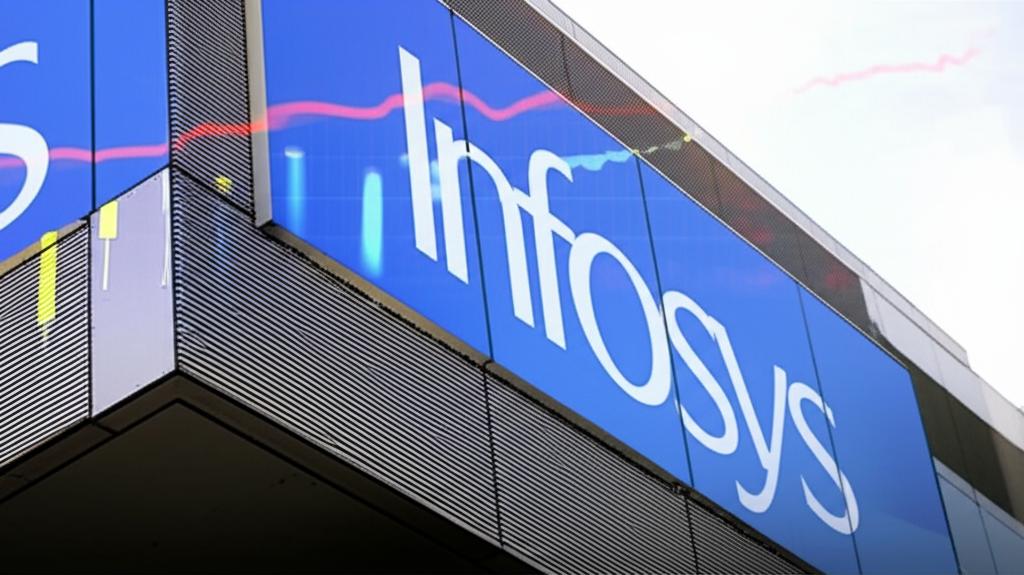The Indian India Inc has faced intense pressure over recent weeks, driven largely by weak corporate earnings and broader macroeconomic challenges. The results of the September quarter for FY25 presented a dismal scenario, particularly from mid-and small-cap companies, catalysing a mass sell-off with several stocks tumbling to multi-month or one-year lows. This blog delves into the causes behind this market decline and the prospects of reviving in the latter half of FY25.
The Earnings Season Fallout (India Inc)
September quarter results revealed a set of disastrous results in several sectors. Most companies that were expected to meet or exceed market expectations witnessed a re-rating in their stocks, but more were on the list to disappoint, with sharp corrections.
Midcaps and smallcap stocks suffered the most as they were subjected to the most extreme cuts in earnings estimates and valuation.
Earnings miss in industries:
This quarter saw many mid-and small-cap companies coming out with earnings that were well below market expectations. Weaknesses in commodity sectors, slowing down of urban consumption, and decreased government expenditure have been some of the major factors behind the downturn.
Punishment of estimate misses:
The market responded very harshly to earnings surprises. Companies, which missed estimates, saw severe corrections in their stock prices, while newly listed firms traded below their issue price.
EPS Downgrades:
Several stocks have seen lower earnings estimates due to perceived challenges, including decreased government spending, slower urban consumption, and macro headwinds.
What’s Driving the Selloff in the Market
1. Poor Corporate Earnings
The meagre show in the quarter that ended September has been a significant drag on investor sentiment. Earnings contracted for the first time in seven quarters in several sectors. Key industries such as autos, banks, and FMCG have shown signs of weakness where subdued demand along with rising costs are negatively impacting profitability.
2. Decline in Government Spending
As political-year national elections approach, government spending has slowed, affecting sectors reliant on public infrastructure and capital expenditure. On top of this, a slowdown in high-frequency economic indicators has further dampened market sentiment.
3. Urban Consumption Slowdown
Urban consumer spending accounts for significant portions of growth in many industries, which was dented. Well, sectors as varied as staples goods to discretionary items like personal care goods and automobiles have seen slow demand wherein is attributed substantially to uncertainty and increasing cost of living.
4. Foreign Investor Outflows
The extraction of money by Foreign Portfolio Investors (FPIs) has been putting pressure on the Indian equities markets. Weak earnings and global macroeconomic challenges make Indian equities less attractive to overseas investors.
5. Macroeconomic Challenges
Inflation Concerns: A spate of inflation has taken away hope from a Reserve Bank of India (RBI) rate cut for FY25.
Global Central Bank Policies: The US Federal Reserve’s subdued approach to rate cuts has furthered investment worries.
Geopolitical Tensions: The Ukraine-Russia renewed tensions have contributed to more uncertainty, affecting global risk sentiment.
Sector Wise Insights
Auto Sector
Muted demand, mainly in the passenger vehicle space, has been a drag on the auto sector. However, two-wheelers have shown some respite, albeit during festivals. Margins have been steady mainly due to cost management and operating leverage.
Banking and Financial Services
The industrial banking sector reported slower loan growth, especially in the unsecured retail credit area, besides an increase in the cost of credit and asset quality concerns. While the sector has faced headwinds, its long-term growth potential remains intact due to recovery in the economy and government capex.
FMCG and Consumption
Rural markets have improved but urban markets have weakened. FMCG companies have faltered to meet the growth as the pricing that is still going on to face the input cost inflation has not been passed on to the consumers.
Commodities
Input cost pressure continues to affect the commodity sector, and further pressure has come from slowing global demand and lower commodity prices. The metals and oil-related segments have decelerated the overall earnings.
Market Sentiment and Indices Performance
Correcting, both Nifty 50 and Sensex have fallen with Nifty down 10% from its high. The mid-and small-cap indices have experienced sharper pulls. Volatility remains high, with frontline indices trading at multi-month lows.
Global Cues Impacting Indian Markets
Asian Markets: Weak economic data from China and Japan has caused a ripple effect in Asian markets, including India.
US Markets: Spooked global investors, as concerns over a slowdown in cuts in interest rates by the US Federal Reserve led to a selloff in equities across the globe.
Elara Capital
Elara Capital maintained broad-based pressure on the earnings in Q2FY25. Its overall coverage universe saw a 6% YoY contraction in earnings. Some of the takeaways from their analysis are below:
Weak autos and banks
The beat-to-miss ratio has declined from 1x in Q1 to 0.7x in Q2.
The incidence of misses has been higher for the mid and small-caps than for the large-cap.
Elara says she remains cautious in the short term but is expecting a rebound in H2FY25 with higher government capex as well as festive demand.
Motilal Oswal Financial Services
Motilal Oswal noted flat YoY earnings growth in H1FY25 but forecasted a 9% YoY growth in H2FY25 led by BFSI, metals, telecom, technology, and healthcare. The brokerage is constructive about the long-term story of Indian equities, though facing near-term headwinds.
Will H2FY25 see a bounce back?
Despite the current challenges, hope for a recovery in the second half of FY25 has been lifted by some reassurance from analysts with key drivers being:
Government Capex: The government is poised to increase public spending on infrastructure and capital-intensive projects, which may boost economic activity and corporate earnings.
Festive Season Demand: The festive season is likely to catalyze demand in areas such as autos, retail, and FMCG, supportive of earnings growth.
Benign Crude Oil Prices: Lower crude oil prices are likely to ease input cost pressures on companies and support margin recovery
Investor Strategies in the Current Market
1. Focus on Quality
Investors should focus on those companies that are fundamentally strong, have good earnings visibility, and possess robust business models.
2. Diversification
Investment in diversified portfolios by sectors and market capitalizations can assist in reducing sector-wise vulnerabilities.
3. Long-term Perspective
Market volatility in the short term need not deter the investor from staying invested in equities because the long-term growth prospect of the Indian economy remains intact.
4. Opportunistic Buying
The current market correction offers a chance to buy quality stocks at attractive valuations.
Conclusion
The Indian stock market is currently in a complex phase with weak earnings, macroeconomic uncertainties and headwinds globally. The potential for recovery in H2FY25 does at least keep hope alive among investors. In all probability, with increased government spending and the festive season leading to a spurt in demand for commodities and its associated ease in commodity prices, the situation may now turn out well for Indian equities. Investors can look forward with cautious optimism by keeping quality, long-term growth opportunities ahead in the current backdrop.















0 Comments